Camera What Does A Uv Filter To?
When it comes to photography, the equipment you use can significantly impact the quality of your images. One accessory that often sparks debate among photographers is the UV filter. What exactly does a UV filter do, and is it worth investing in one for your camera? In this article, we will delve into the purpose and benefits of UV filters, helping you make an informed decision about whether or not to include one in your photography toolkit.
Understanding UV Filters
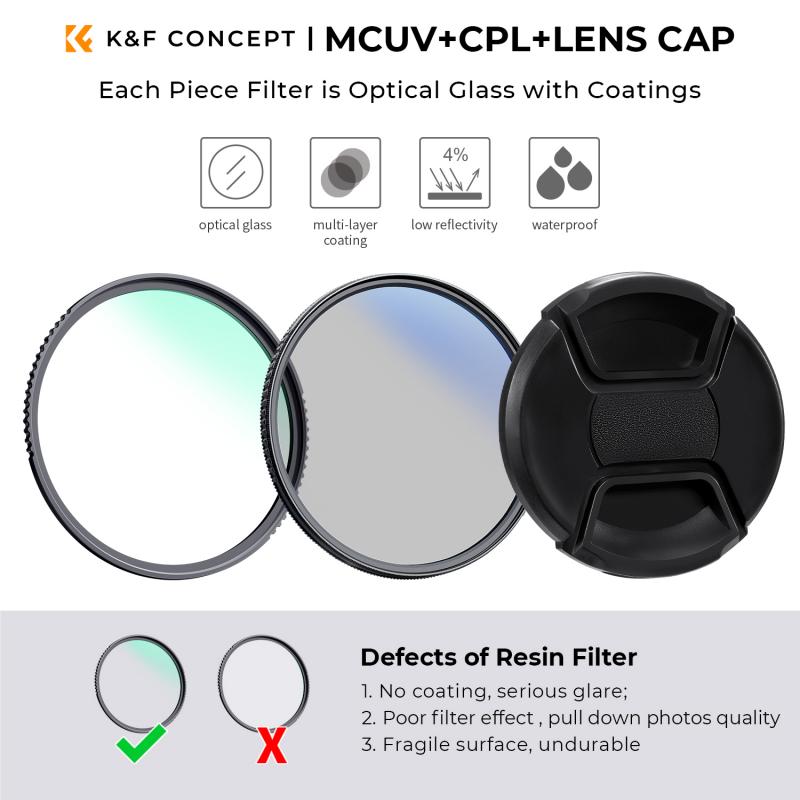
A UV filter is a transparent piece of glass or optical material that attaches to the front of a camera lens. Its primary function is to block ultraviolet (UV) light from entering the lens. UV light is invisible to the human eye but can affect photographic film and digital sensors, potentially causing haziness or a bluish cast in your images. Historically, UV filters were essential for film photography, especially when shooting at high altitudes or near water, where UV light is more intense.
The Role of UV Filters in Modern Photography
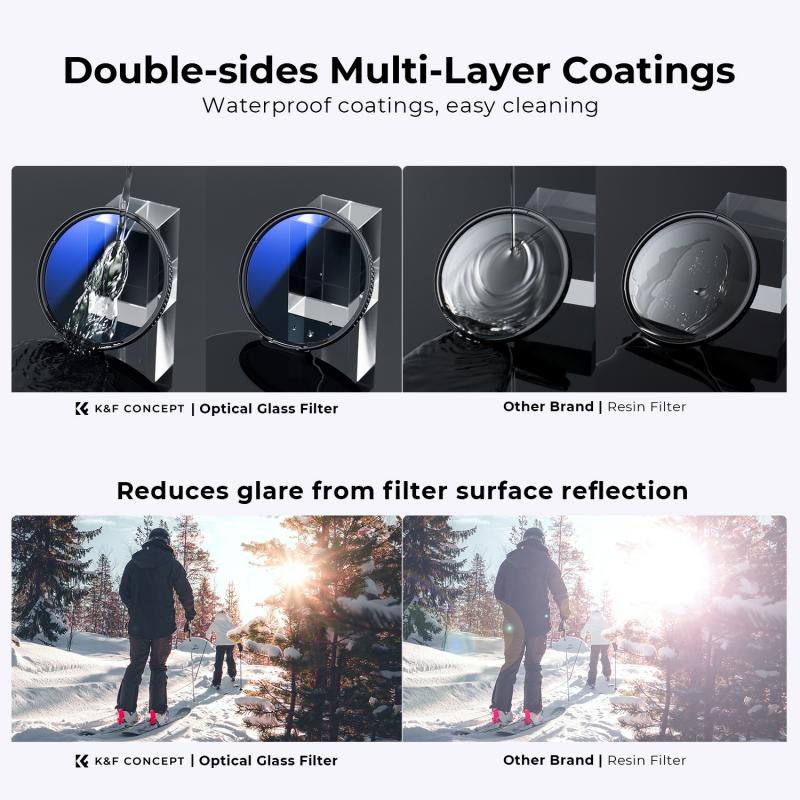
With the advent of digital photography, the necessity of UV filters has diminished somewhat. Modern digital sensors are less sensitive to UV light compared to film. However, UV filters still offer several benefits that make them a valuable addition to your camera gear.
1. Lens Protection
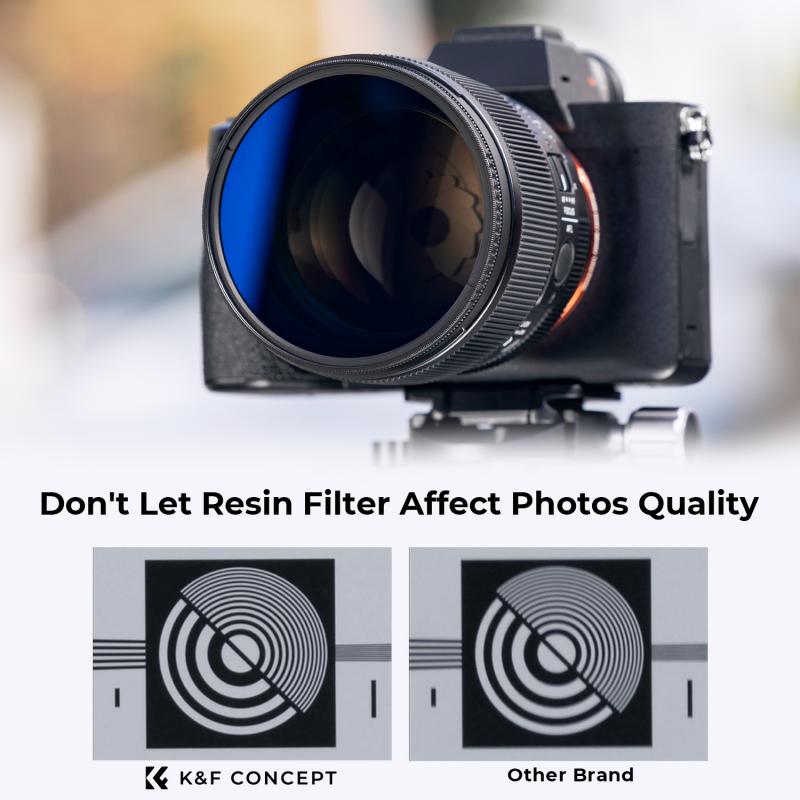
One of the most compelling reasons to use a UV filter is to protect your lens. Lenses are expensive and delicate pieces of equipment. A UV filter acts as a shield, safeguarding the front element of your lens from dust, dirt, scratches, and accidental impacts. If the filter gets damaged, it is much cheaper and easier to replace than the lens itself.
2. Reducing Haze
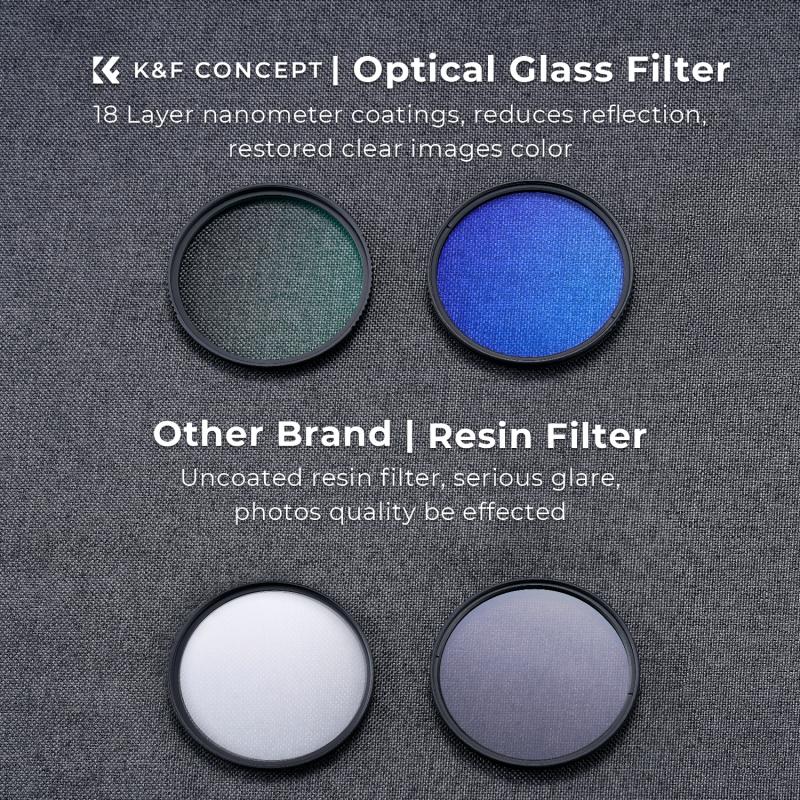
While digital sensors are less affected by UV light, they are not entirely immune. In certain conditions, such as shooting in bright sunlight or at high altitudes, UV light can still cause a slight haze or reduce contrast in your images. A UV filter can help mitigate these effects, resulting in clearer and more vibrant photos.
3. Enhancing Image Quality
Although the impact of UV filters on image quality is minimal, some photographers believe that using a high-quality UV filter can enhance the overall sharpness and color accuracy of their photos. This is particularly true when shooting in environments with high levels of UV radiation.
Types of UV Filters
Not all UV filters are created equal. They come in various types and qualities, and choosing the right one can make a significant difference in your photography.
1. Standard UV Filters
These are the most common type of UV filters and are designed to block UV light while providing basic protection for your lens. They are generally affordable and suitable for most photography needs.
2. Multi-Coated UV Filters
Multi-coated UV filters have multiple layers of anti-reflective coating, which reduces lens flare and ghosting. These filters are more expensive but offer better image quality and protection.
3. High-Quality UV Filters
High-quality UV filters are made from superior optical glass and have advanced coatings to enhance light transmission and reduce reflections. They are the best choice for professional photographers who demand the highest image quality.
How to Choose a UV Filter
When selecting a UV filter, consider the following factors:
1. Filter Size
Ensure that the filter size matches the diameter of your lens. This information is usually printed on the lens barrel or lens cap.
2. Coating
Opt for a multi-coated or high-quality UV filter to minimize reflections and maintain image quality.
3. Brand Reputation
Choose a reputable brand known for producing high-quality filters. Some well-known brands include B+W, Hoya, and Tiffen.
Practical Tips for Using UV Filters
To get the most out of your UV filter, follow these practical tips:
1. Keep It Clean
A dirty filter can degrade image quality. Regularly clean your UV filter using a microfiber cloth and lens cleaning solution to remove dust, smudges, and fingerprints.
2. Remove When Necessary
While UV filters offer protection, there are situations where you might want to remove them. For example, when shooting in low light conditions or when using other filters like polarizers or ND filters, removing the UV filter can prevent unwanted reflections and ensure optimal image quality.
3. Check for Vignetting
When using a UV filter on wide-angle lenses, check for vignetting (darkening of the corners of the image). If you notice vignetting, consider using a slim UV filter designed for wide-angle lenses.
Common Misconceptions About UV Filters
There are several misconceptions about UV filters that can lead to confusion among photographers. Let's address some of the most common ones:
1. UV Filters Degrade Image Quality
Some photographers believe that adding a UV filter can degrade image quality. While it's true that a low-quality filter can introduce unwanted artifacts, a high-quality UV filter will have a negligible impact on image quality. In fact, it can enhance image clarity by reducing haze.
2. UV Filters Are Unnecessary for Digital Cameras
While digital sensors are less sensitive to UV light, they are not entirely immune. UV filters can still provide benefits, such as reducing haze and protecting the lens, making them a worthwhile investment for digital photographers.
3. All UV Filters Are the Same
UV filters vary in quality, and choosing a cheap, low-quality filter can result in poor image quality and reduced protection. Investing in a high-quality UV filter from a reputable brand ensures better performance and durability.
In conclusion, a UV filter is a valuable accessory for both film and digital photographers. It offers essential protection for your lens, reduces haze, and can enhance image quality in certain conditions. While the necessity of UV filters has diminished with the advent of digital photography, they still provide several benefits that make them worth considering.
When choosing a UV filter, opt for a high-quality, multi-coated filter from a reputable brand to ensure the best performance. Keep your filter clean, remove it when necessary, and check for vignetting when using wide-angle lenses. By following these tips, you can make the most of your UV filter and enjoy clearer, more vibrant photos.
Ultimately, whether or not to use a UV filter is a personal choice. Consider your photography needs, shooting conditions, and budget to make an informed decision. With the right UV filter, you can protect your lens and capture stunning images with confidence.

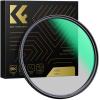

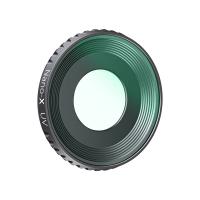
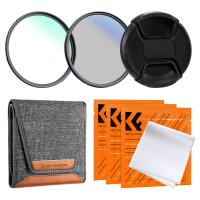
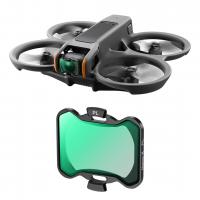
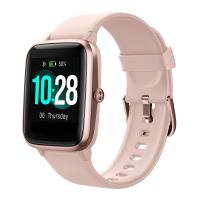

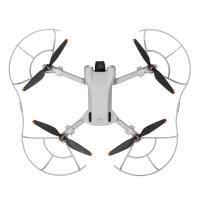
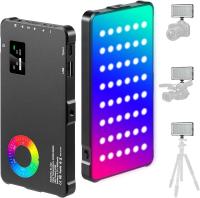
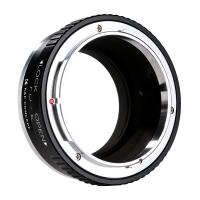

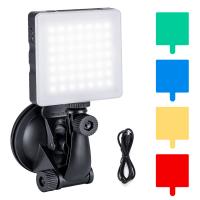
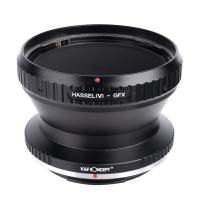
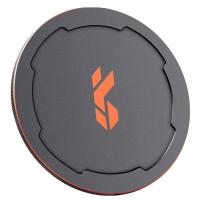




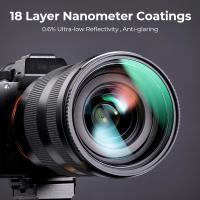
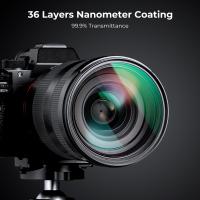
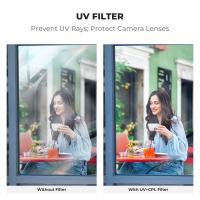
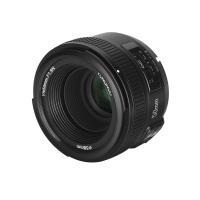
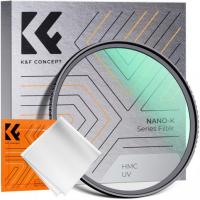


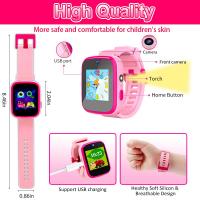
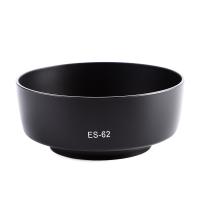
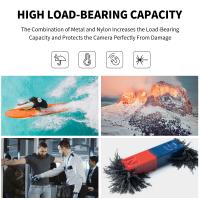

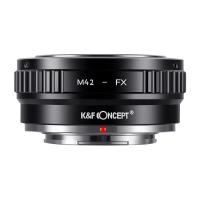
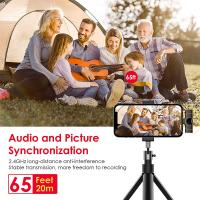
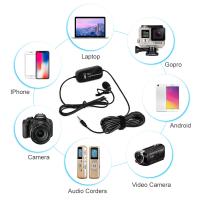


There are no comments for this blog.